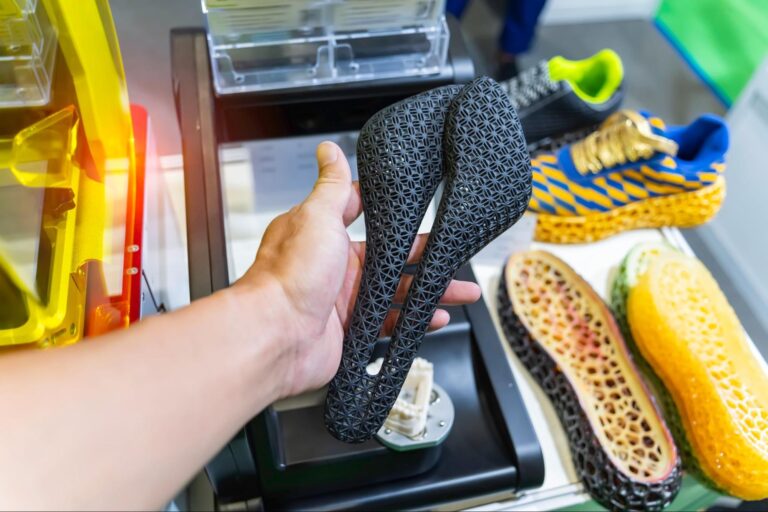Rubber-like 3D printing materials are designed to simulate the properties of rubber or elastomers, offering flexibility, elasticity, and soft-touch characteristics. These materials are used in various applications where rubber-like properties are required. Here are some common applications for rubber-like materials in 3D printing:
Gaskets and Seals: Rubber-like materials are used to produce gaskets and seals in machinery and equipment, providing a flexible and tight seal to prevent leaks.
Custom O-Rings: They are used to create custom O-rings for sealing applications in various industries, including automotive and manufacturing.
Vibration Dampeners: Rubber-like materials are employed to manufacture vibration dampeners and isolators, reducing vibrations and noise in mechanical systems.
Soft-Touch Grips and Handles: These materials are used for producing ergonomic grips and handles for tools, hand-held devices, and consumer products.
Prototyping of Soft Components: Rubber-like materials are used in product design and engineering for prototyping soft and flexible components like buttons, cushions, and ergonomic features.
Footwear Components: They are used in 3D printing insoles, cushioning elements, and shoe prototypes for the footwear industry.
Prosthetic Components: Rubber-like materials are used to create prosthetic components such as sockets, liners, and padding for comfort and fit.
Custom Wearable Accessories: 3D printing with rubber-like materials allows for the creation of custom wearable accessories like wristbands, straps, and watch bands.
Medical Models: Rubber-like materials are used to create anatomical models for medical training and simulations, mimicking the flexibility and elasticity of human tissues.
Flexible Hinges and Joints: They are used to produce flexible hinges and joints for applications like articulated toys and mechanical systems.
Shock Absorption: Rubber-like materials are employed for shock-absorbing components in products such as protective cases for electronic devices.
Soft Robotics: In robotics, these materials are used to create soft and flexible robot components that can adapt to their environment.
Sculptures and Art Projects: Artists and sculptors use rubber-like materials for creating sculptures and art pieces that require flexibility and tactile qualities.
Consumer Electronics: They are used in the production of consumer electronic devices, including button covers and protective bumpers.
Cosplay and Costume Accessories: Rubber-like materials are used in cosplay to create flexible costume accessories such as masks, armor, and props.
Educational Models: Rubber-like materials are employed in educational settings to create models for teaching concepts related to elasticity, materials science, and engineering.
Soft Medical Devices: In the medical field, these materials can be used for creating soft medical devices like squeeze bulbs, grips, and cushioning components.
Soft Toys: Toy manufacturers use rubber-like materials to create soft and flexible toys that can be squeezed and deformed.
Rubber-like 3D printing materials provide designers and engineers with the ability to produce flexible and elastomeric components that closely mimic the properties of natural rubber. This versatility makes them valuable in a wide range of industries and applications.









